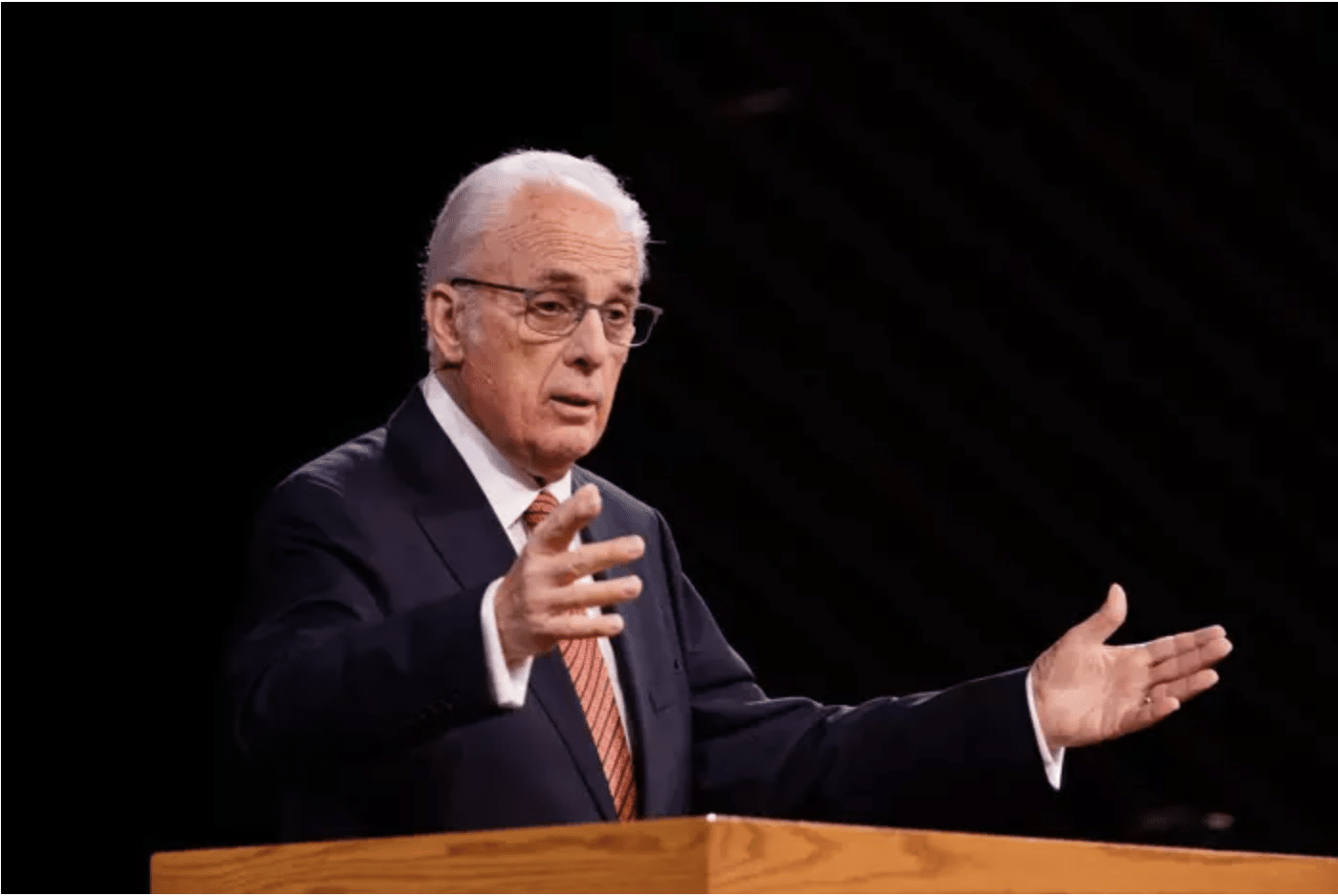The number of new cancer cases in the U.S. is expected to top 2 million for the first time in 2024, based on new research that also points to shifting age patterns among cancer patients and a troubling increase in overall cancer incidence among people younger than 50.
The American Cancer Society’s latest statistical report, released on Wednesday, says the country’s cancer mortality rate fell by 33% from 1991 through 2021.
That decrease equates to an estimated 4.1 million fewer cancer deaths, which researchers attribute to improvements in disease management and detection, along with reductions in smoking.
Yet the research also warns that increases in some common cancers threaten this progress.
The report notes the incidence rate for female breast cancer, for example, has risen by about 0.6% per year since the mid-2000s, and that more than 313,000 new breast cancer cases overall are projected for 2024.
Prostate cancer incidence increased by about 3% per year after experiencing a nearly 40% drop from 2007 to 2014.
Increases in endometrial and pancreatic cancers, among others, also have raised concerns. Overall, researchers project 2,001,140 new cancer cases and 611,720 cancer deaths will occur in the U.S. in 2024.
The American Cancer Society also says the trend in cancer patients skewing older is beginning to change.
The proportion of new diagnoses occurring in people between the ages of 50 and 64 years old increased from 25% in 1995 to 30% in 2019-2020, while the proportion among those 65 and older fell from 61% to 58%.
“The shift toward more middle-aged patients likely in part reflects steep decreases in incidence of prostate and smoking-related cancers among older men and increased cancer risk in people born since the 1950s associated with changing patterns in known exposures, such as higher obesity, as well as others yet to be elucidated,” the report says.
Meanwhile, the proportion of people under 50 who were diagnosed with cancer dropped from 15% to 12%, coinciding with their making up a shrinking share of the population over the years.
Yet this age group was the only one of the three to see overall cancer incidence rise from 1995 to 2020 – a trend that occurred as colorectal cancer became the leading cause of cancer death in men and the second-leading cause among women, after ranking fourth for some two decades ago.
“The continuous sharp increase in colorectal cancer in younger Americans is alarming,” said Dr. Ahmedin Jemal, senior vice president of surveillance and health equity science at the ACS and senior author of the study.
Lisa Lacasse, president of the American Cancer Society’s advocacy affiliate, the American Cancer Society Cancer Action Network, said the report’s findings underscore a need for policies that help to address such disparities.
“We urge lawmakers at all levels of government to advance policies that ensure more people have health insurance coverage as well as improved access to and affordability of care, such as increased funding for cancer research and screening programs,” Lacasse said in a statement. “Doing so will bring us closer to our vision of ending cancer as we know it, for everyone.”

















